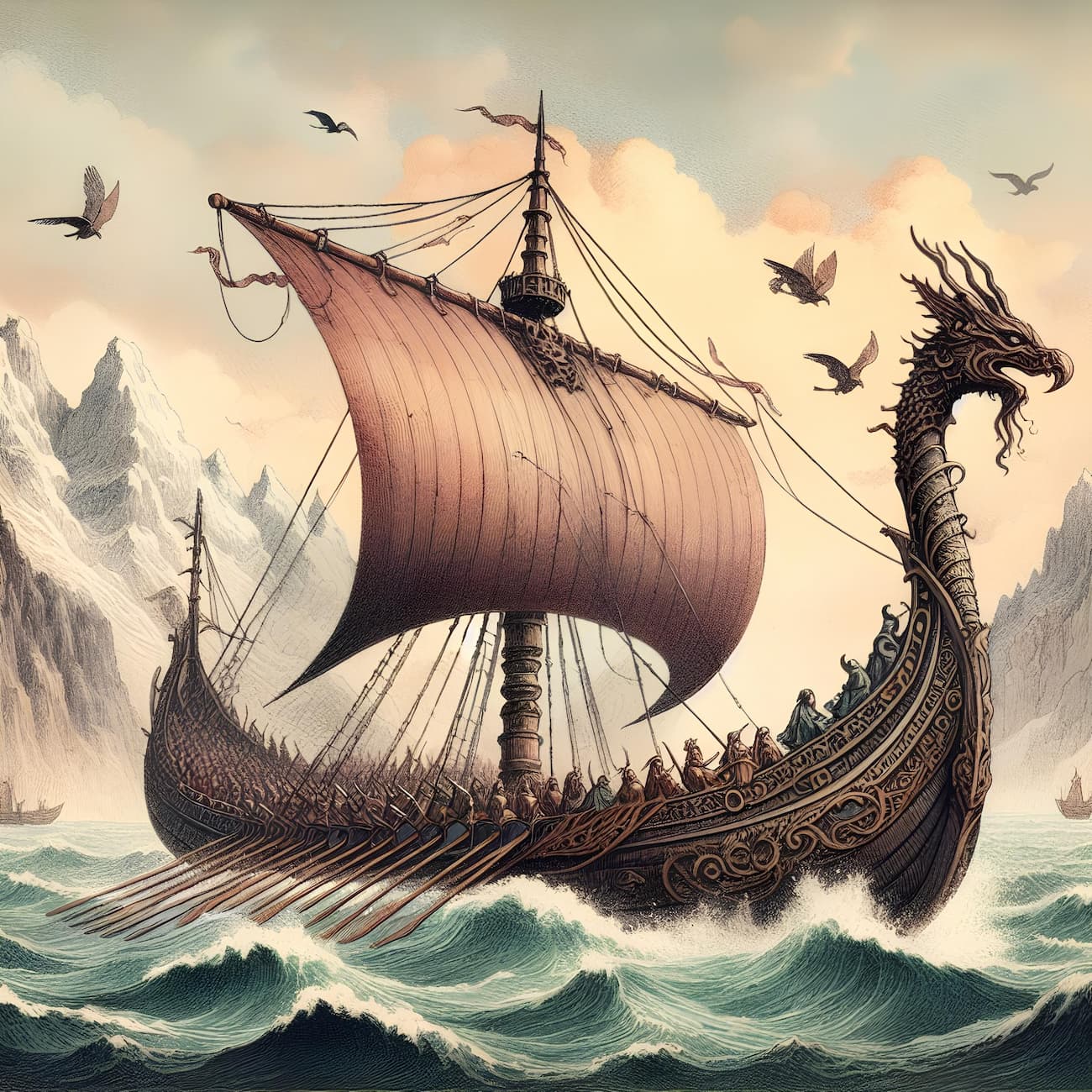Skidbladnir: The Mysteries of Freyr’s Magical Ship
Skidbladnir is a mythical ship in Norse mythology, known for its magical properties and association with the Vanir, a group of deities.

Skidbladnir is a mythical ship in Norse mythology, known for its magical properties and association with the Vanir, a group of deities.

